An interview with Cristian Tzecu about photography on expeditions
Cristian Tzecu is a man who loves adventure and photography, two aspects that can be seen on his website, momente.ro. In this interview we’ve asked Crisitan Tzecu to share with the Photopoly community some of his experiences and some tips on taking photographs in difficult conditions. Photographers who share the same adventurous spirit as he does will find these tips especially useful, but other photographers will find them interesting too. Cristian Tzecu is also a member of the International Federation of Photographic Art. You can find out more about his work in this article, and more photographs from his portfolio on his website momente.ro and on his Facebook page.
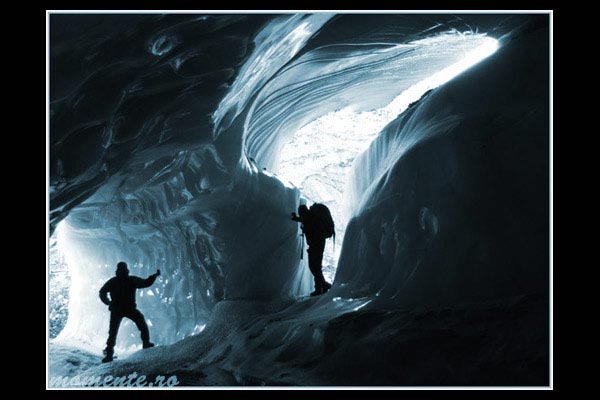
1. Cristian Tzecu, you have many remarkable photographs that you took on your journeys from the mountain expeditions you’ve made to speleology photographs from caves. Can you tell us how your adventure with the camera started in these places you have traveled, places that are less accessible to common people, due to their nature?
I think that in the case of expedition photography the first challenge is to get there. If I presented the public a photograph from the center of Timisoara (his hometown, Ed.) it would most likely be less noticeable, however, if I present a photograph from “there”, it will certainly appear to be more interesting. The important thing was to make the first step towards those places, and of course not to forget the photo equipment. I cannot say that there was a key moment. Along with the expeditions in the high mountains came the photographs from up there as well.
I got more experienced with this over time, but I remember that on the first expedition in the Caucasian mountains (1995), when I was climbing on Elbrus and every step was more and more difficult because of the lack of oxygen, I’ve noticed that my headache was not only a consequence of the rarefied air, but also of the camera (a Praktica), that was hanging around my neck and was pressing on the blood vessels.
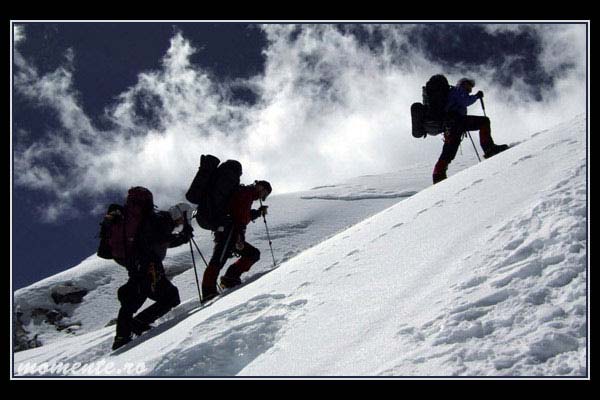
What may seem natural in normal conditions can be very different in the high mountains.
2. Many of your photographs have been taken on very high altitudes in some of the highest mountains in the world. How difficult is it to take photographs in these conditions?
I find it extremely difficult, but the reasons for this might not be the ones people expect. It is difficult because on lower altitudes you have all the time to wait or „hunt” for the right atmospheric conditions, for the right light, for the right characters that will be part of your shot. In the very high mountains, however, the main purpose is to climb as high as possible and even reach the peak if you can. Sometimes it’s enough to take only one photograph from the peak, to prove the skeptics you got there.
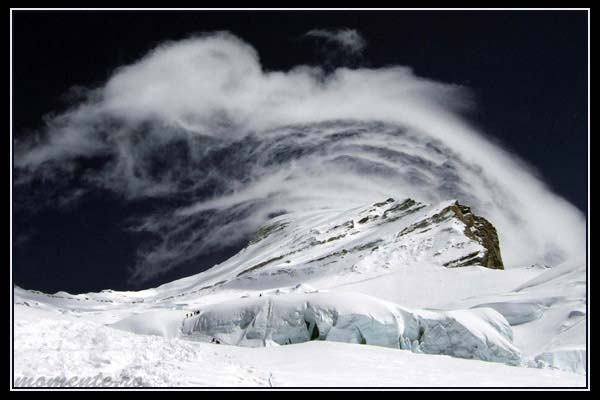
The disadvantage is that you are constrained by the photo equipment (small, lightweight, resistant to cold), but also by the impossibility to wait for the light conditions that are easier to get on lower altitudes.
Very rarely will you find passionate people that will climb a high mountain several times only to wait for the optimal conditions for a photograph. The images from the Himalayas have been taken, on most occasions, with a small camera that was pulled out from the mountain jacket quickly, then „click” and then back with it in the warm jacket as fast as possible. Sometimes photographs are taken there with professional cameras as well, but then they are carried up there by the Sherpas for a lot of money.
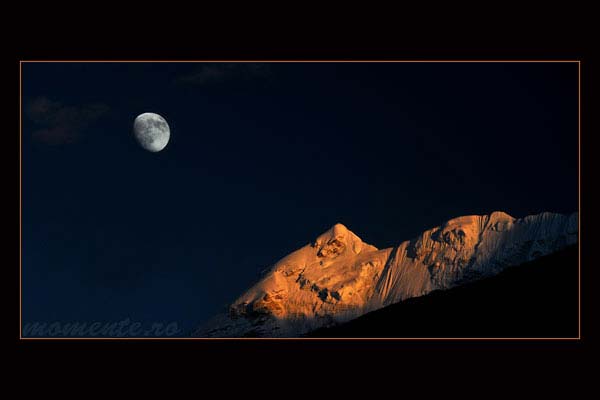
3. Do you have some advice when it comes to composition in this type of photography and the settings used, taking into account the harsh conditions in which they are taken?
No. There were many others, visionaries that left us the rule of thirds, of diagonals, of the orientation to left or right (and the possibility to break these rules), so I don’t think I would have anything more to say. As for settings, I think these come with everyone’s experience; the more you try to take photographs in certain conditions, the more you will learn and you will be able to apply this knowledge in the future. A suggestion for those who start now: be very careful with the cold environment, it can drain your batteries a lot faster than the way we were used to back home.
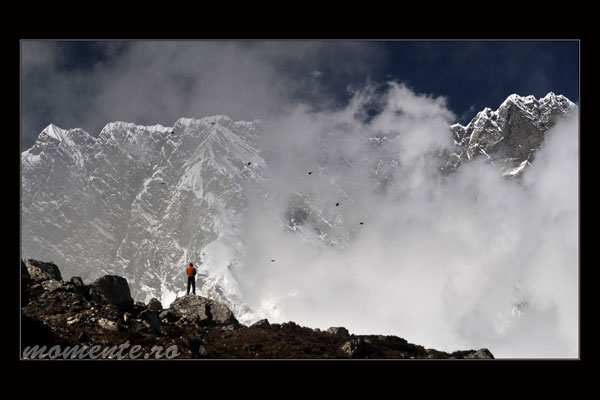
4. A less popular type of photography, speleology photography found a place in your portfolio. You have some interesting compositions from places where there is no natural light. Tell us about how you manage to use the artificial light in these places for this type of photography.
The advantage of the exclusively artificial (and also controllable) light is huge; just like for a sculpture for which all you have to do is to eliminate the extra material from the stone block, for example the extra material that covers „Mademoiselle Pogany” (sculpture by Brancusi, Ed.), or a smaller stone block. By comparison, in a cave you must extract from the darkness exactly the part you need, the one you want to present. Both the technology and time are on your side; you just need the lights and you don’t depend on natural light at all.
Here, team work is very important, because the ones you work with must have patience, experience in the subterranean and creativity. I have been collaborating with Cosmin Nistor for over ten years and I think the images are the works of both of us.

5. Considering that many of your photographs are taken in conditions of low light, do you have any advice when it comes to further processing these images?
The RAW format is extremely editable, so I consider it a sine–qua–non condition of high quality photography (technically speaking). However, I try not to increase the sensitivity of the sensor too much; I prefer to light the subject more instead to avoid noise. I also avoid heavy processing afterwards; I began to photograph on film, so I taught myself to get a photograph right from the beginning, when it comes to technique. I think it’s better to make small adjustments without any fear of detail loss than to rely exclusively on post-processing. However, I have had situations when the subject didn’t fit in the frame so I took more shots, panoramically, and made collages later in Photoshop (that gave me a lot of help).
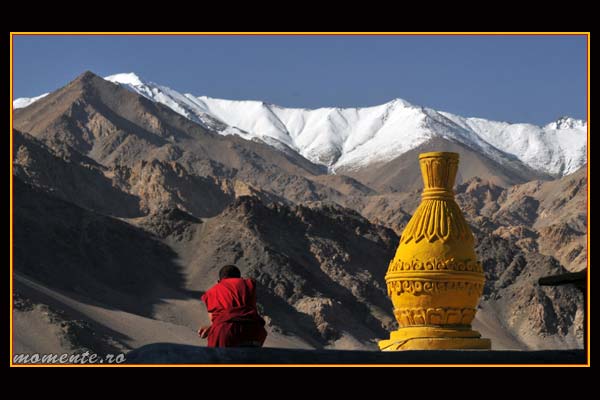
6. What photo equipment do you use and why did you choose it? Tell us about how you protect your equipment on your expeditions.
From 1999 I’ve used a Nikon F70 and then an N80, so I’ve kept the Nikon lenses when I made the change to digital; Now I use a D300, which I received as a gift from Roxana, my wife.
For climbing and special situations I use a Canon G11. Anyway, leaving the sophisticated equipment aside I believe that you can take suggestive photographs with a mobile phone as well, for me the message is more important than the megapixels!
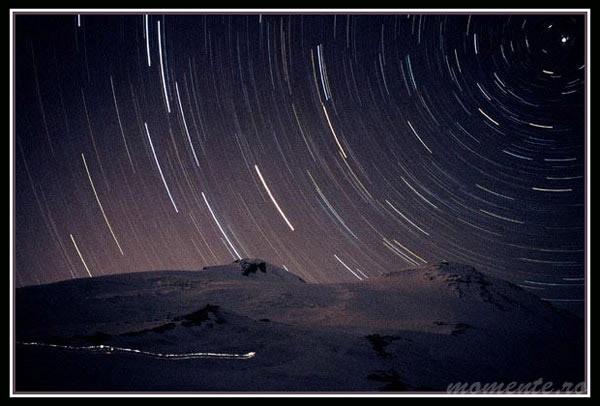
When I photograph inside caves I use 6-liter sealed barrels for the equipment to avoid water contact, especially where there are rivers or subterranean lakes. In the high mountains the cold is the biggest problem, there I sleep with the batteries in my sleeping bag so that they won’t drain. In the areas where there is a lot of sand and dust, a rubber air blower pump for clearing the dust from the sensor is worth all the money.
7. In the end I would like to ask you which was the most difficult photograph to accomplish and what were the results in its case? Also, which photograph do you like the most from the ones you’ve taken?
I don’t trust the results of the photography contests anymore. In the end if you get a prize for an image, it doesn’t mean anything but the fact that a certain group of people like your image more than the images of other people, which can be very subjective. Also, the most difficult photograph to accomplish isn’t necessarily a special one. I don’t know which image I like the most now, each one has its own story and to me it could mean a lot, but for others, nothing. I haven’t made a top list, but maybe I will make one in the future.
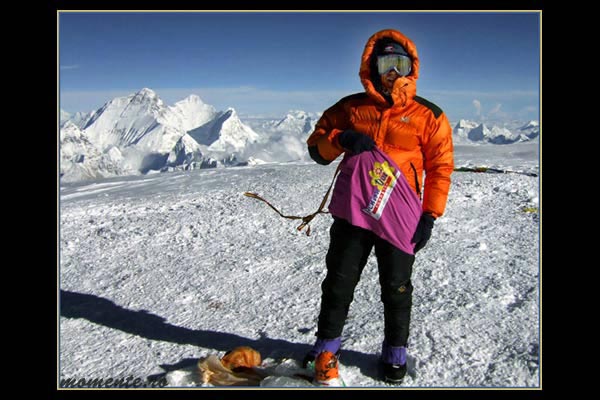
I am curious, however, if I will look at the images I consider to be good today with the same eyes in ten years….
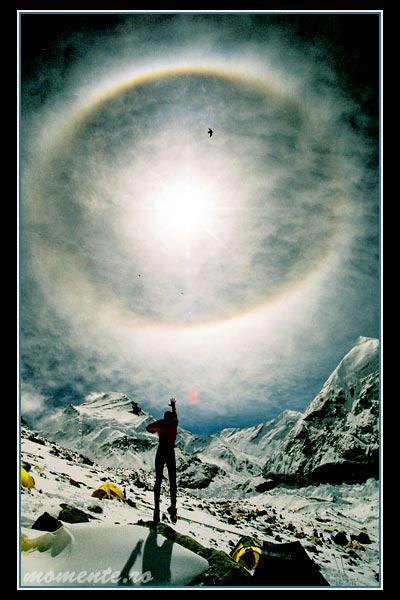
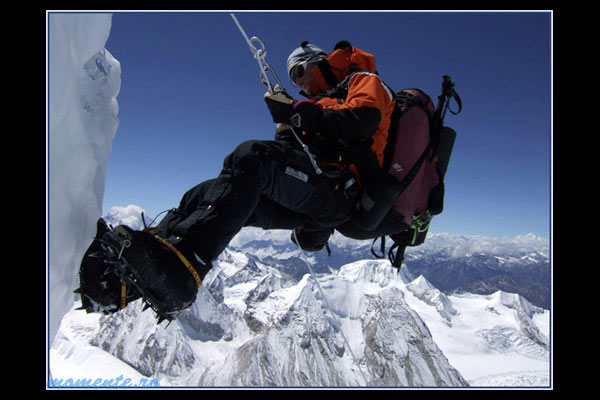
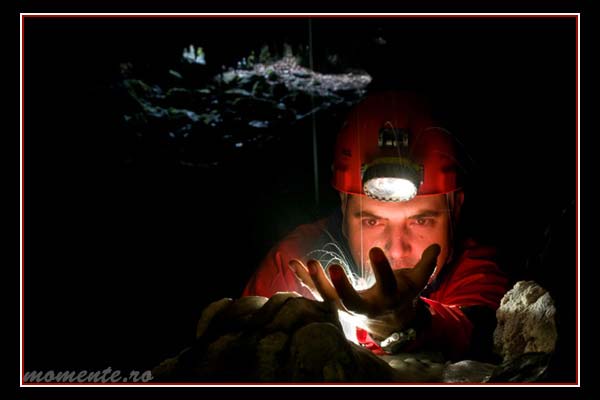
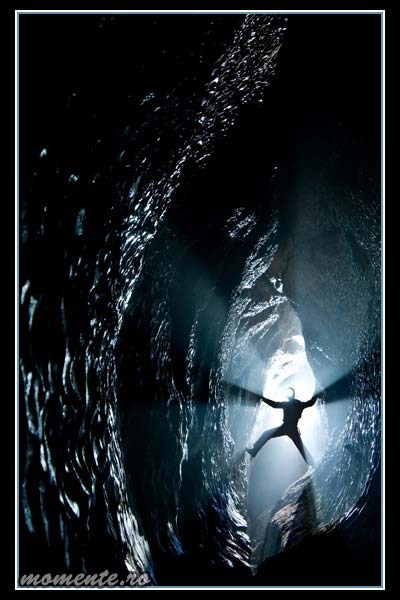
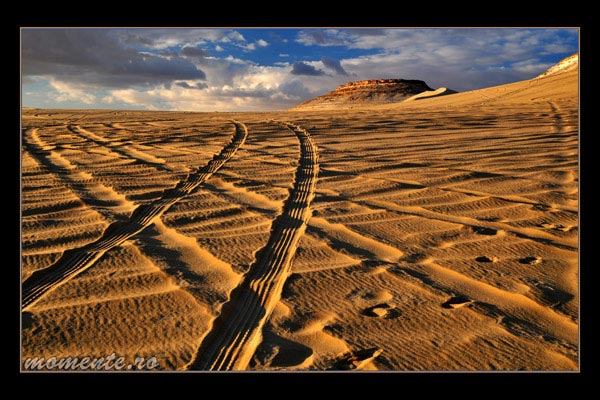
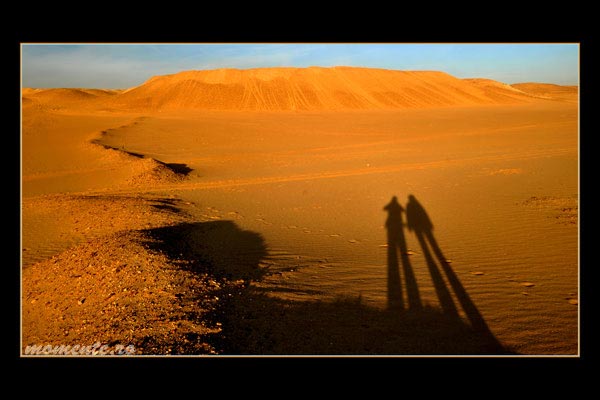

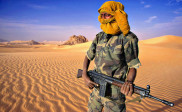
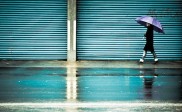
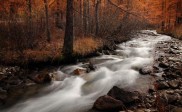
Excellent work…
I love the adventure displayed in Christian’s photography!